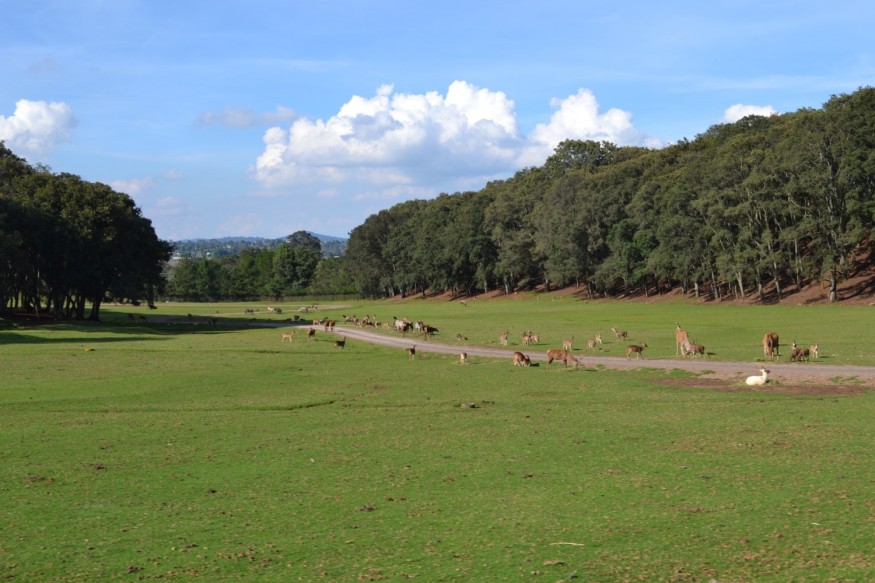Golf courses are large outdoor grounds where the popular sport of golf is played, notably by 'human' professional golfers and perhaps by animals.
For decades, it has been observed that various animals, ranging from mammals to reptiles and birds have been spotted in these outdoor courses, even during official golf tournaments. Multiple reports and videos online show wildlife is taking part in the game.
Due to its frequent animal visitors, golf courses have become an alternative wildlife habitat, including recently when a herd of wild pigs known as javelinas stormed an Arizona golf course in the autumn of 2023.
Even the United States Golf Association (USGA) stated that golf courses are more than a sites where golf is played, adding they also serve as habitats for a wide range of animals and plants.
Animals in Golf Courses

In previous years, players who participated in some golf tournaments under the Professional Golfers' Association of America (PGA) have encountered an unlikely competitor or observer on golf courses: wild animals. The interaction between golfers and animals even occurred while in the middle of the game.
In a YouTube video posted by PGA TOUR, the association showed incidents of animals in golf courses compiled the best reptile encounters during golf events through the years. The wild animals range from gators to monitor lizards and turtles to snakes.
In the 6-minute clip, the compilation of reptile-player encounters not only halted the game but also forced golf tournament officials to call local authorities to remove the animals. PGA Tour events are held in the US and across North America.
Outside the US, similar animal encounters have been reported in golf courses. In South Africa back in 2016, around 20 mongooses invaded a golf tournament and for some unknown reason passed through a golf ball without even moving it.
In Australia, a mob of kangaroos appeared out of nowhere and started hopping onto the golf course. Despite being indigenous to Australia with many natural habitats to stay, the marsupials still chose to enter the artificial golf grounds.
Also Read: Family of Pet Pigs Eating Invasive Plants on Golf Course Killed By Poachers - Hawaii Country Club
Alternative Wildlife Habitat
According to the USGA, can also be a wildlife habitat and many golf courses are making efforts to protect and expand habitat areas to improve the environment for us to enjoy nature. While golf courses are man-made, they still contain biomes that can form an ecosystem. As mentioned earlier, some of these outdoor grounds are connected to different inland bodies of water.
The evidence that golf courses can be an alternative wildlife habitat is based on previous studies. According to Stockholm University, golf courses have significant importance to biodiversity conservation and ecosystem management.
In a 1998 study published in the journal Landscape and Urban Planning, researchers concluded that naturalistic golf courses (those with substantial amounts of native wildlife habitat) can benefit biological reserves, farms, parks, backyards, and other sites.
© 2025 NatureWorldNews.com All rights reserved. Do not reproduce without permission.





